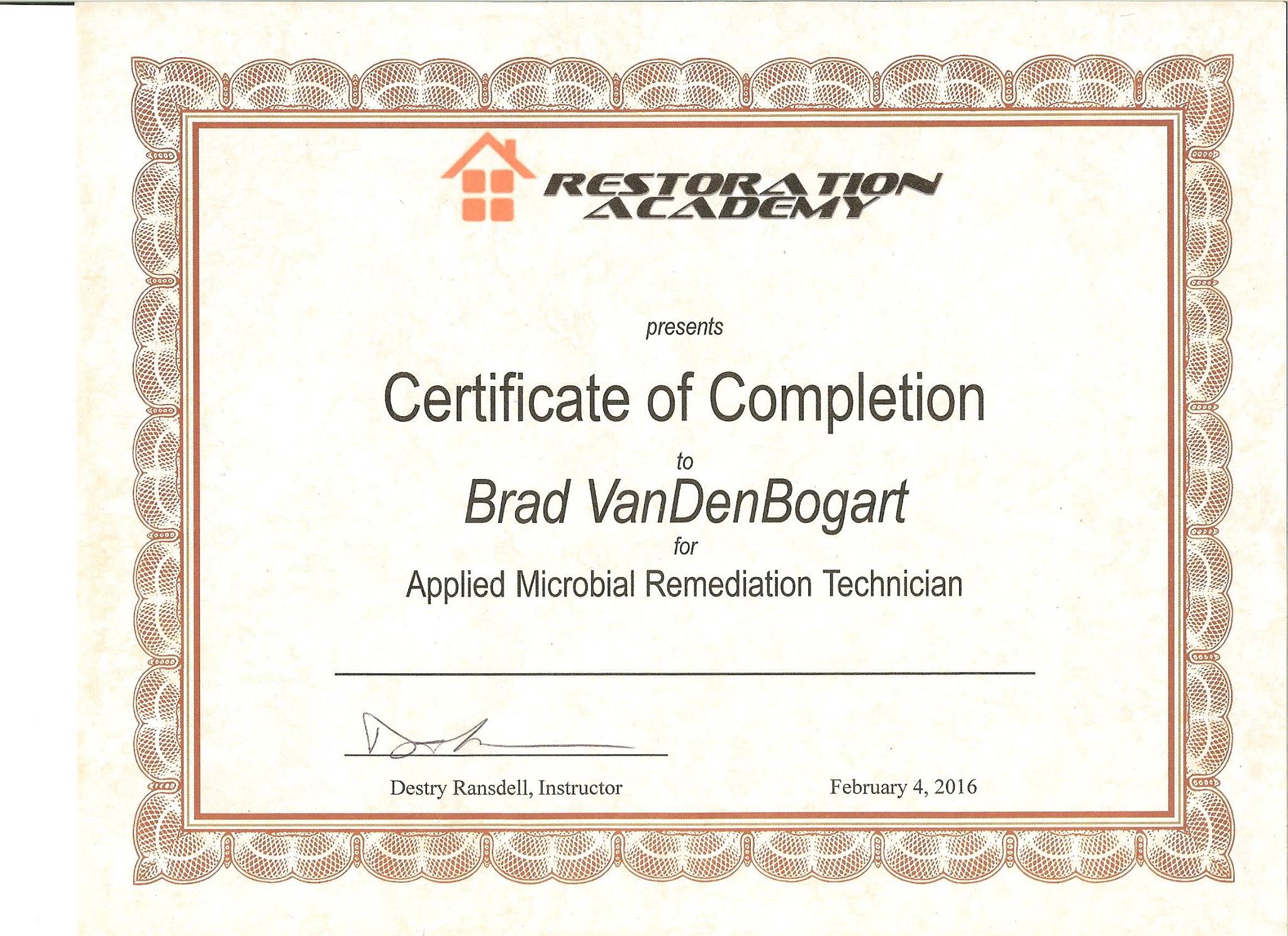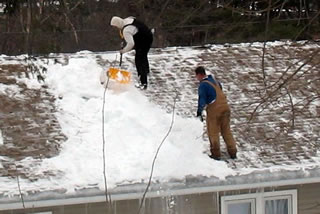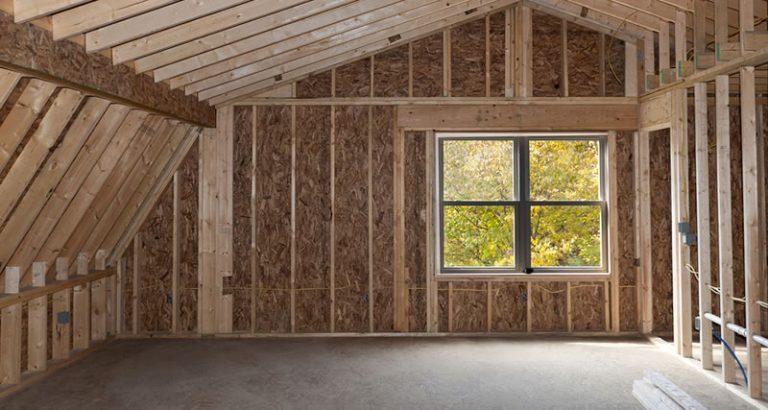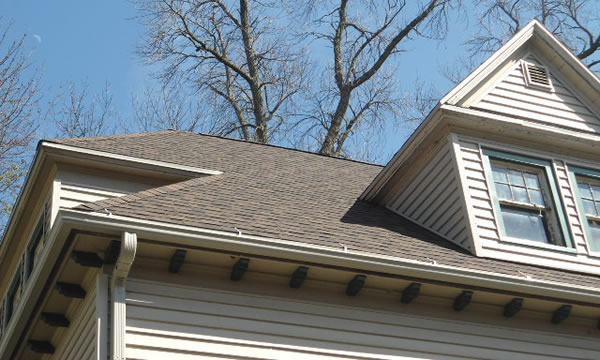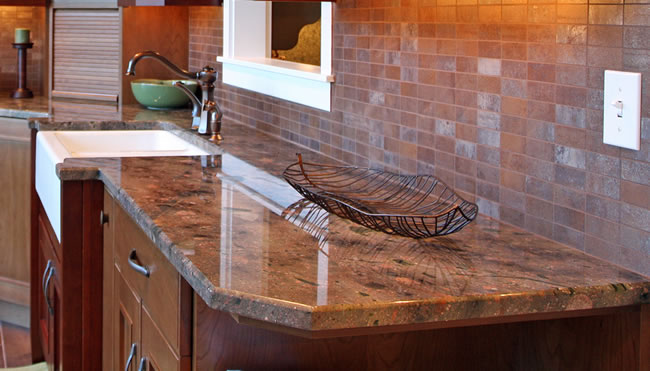How to Stop Cold Drafts Around Windows and Doors
If your home feels chilly in the winter—even with the heat on—there’s a good chance cold drafts are sneaking in around your windows and doors. Not only can this make your home uncomfortable, but it also drives up your energy bills as your heating system works overtime to maintain a consistent temperature.
Drafts are especially common in older homes throughout Milwaukee County and the surrounding areas, where aging windows, worn weather seals, or improper installation can allow cold air to seep indoors. The good news? Most drafts can be identified and fixed with the right solutions. In this post, we'll explain how to locate the source of cold air and what Brad’s Construction can do to help you fix it—for good.
Why Cold Drafts Happen
Cold drafts around windows and doors are more than just an annoyance—they’re often a sign that your home’s thermal envelope has been compromised. In older homes throughout Milwaukee County and surrounding areas, drafts are a common source of energy loss and reduced indoor comfort, especially during harsh Wisconsin winters.
Here are the most common causes:
-
- Worn or cracked weatherstripping
Over time, the flexible materials that seal your window and door frames can become brittle, cracked, or compressed. When this happens, gaps form, allowing cold air to seep in around the edges. - Gaps between the frame and wall
Poor installation or shifting over time can create gaps where the window or door frame meets the wall. These spaces are often hidden behind trim or molding but can allow air infiltration if not properly sealed. - Poorly sealed or aging caulking
Caulk is used to seal joints between building materials, such as where window casings meet siding or drywall. As caulk ages, it shrinks, cracks, or peels away—leaving openings that allow drafts and moisture to enter. - Structural settling over time
Homes naturally settle, especially in regions with freeze-thaw cycles like Wisconsin. This movement can cause door and window frames to shift, preventing them from closing properly or creating hairline cracks that widen with time. - Single-pane or outdated windows
Older windows, especially single-pane models, do little to block cold air. They allow thermal transfer, meaning indoor heat escapes and cold air radiates in—even if there aren’t visible gaps. Aluminum frames can also conduct cold air more easily than modern vinyl or fiberglass alternatives. - Doors that no longer sit flush with the frame
Entry doors that sag, warp, or shift out of alignment will develop gaps along the sides or bottom. These are common spots for drafts, especially if the threshold or door sweep is damaged or missing.
- Worn or cracked weatherstripping
Even a 1/8-inch gap around a door or window can let in as much cold air as leaving a small window open all day. This leads to higher heating bills, inconsistent room temperatures, and increased wear on your HVAC system.
At Brad’s Construction, we take a whole-home approach to identifying and eliminating cold drafts. Whether the solution is new weatherstripping, updated caulking, or a full window or door replacement, we help homeowners stay warm, efficient, and protected from the elements.
How to Identify Drafts in Your Home
Not all drafts are immediately obvious. In fact, many homeowners live with small air leaks for years without realizing how much they’re affecting comfort and energy efficiency. Detecting drafts early is key to maintaining a warm, efficient home—especially during the long Wisconsin winter.
Here are several effective ways to identify cold drafts around your windows and doors:
-
- Visual Inspection
Begin by closely examining the interior and exterior of your windows and doors. Look for visible cracks in the caulking, gaps between the trim and wall, or areas where daylight is shining through. Damaged weatherstripping, warped frames, or broken seals on insulated windows can also indicate draft points. - Hand Test
On a windy or particularly cold day, slowly move your hand along the perimeter of your doors and windows. Pay special attention to the corners, lower edges, and where the sash meets the frame. If you feel a sudden change in temperature or airflow, that’s a strong indicator of a draft. - Candle or Incense Test
Light a candle or stick of incense and carefully hold it near the edges of your windows and doors. If the flame flickers or the smoke drifts horizontally instead of rising straight up, there is air movement—meaning a leak is present. This method is especially useful for detecting subtle drafts. - Tissue or Ribbon Test
Tape a lightweight ribbon or strip of tissue paper near suspected leak points. If it moves noticeably when doors or windows are closed, that’s a sign of unwanted airflow. - Check for Condensation or Frost
In colder months, excess condensation or frost buildup on the inside of windows can suggest poor insulation or a compromised seal—often associated with cold air infiltration. - Utility Bill Comparison
If your heating costs have jumped unexpectedly—without a change in your thermostat settings or usage habits—it may be due to heat loss from undetected drafts. Compare bills from the same time last year to identify unusual increases.
- Visual Inspection
Identifying the source of a draft is the first step toward fixing it. At Brad’s Construction, we offer expert inspections and targeted repairs to help homeowners throughout Milwaukee County pinpoint air leaks and seal them efficiently. Whether the issue requires caulking and sealing, weatherstripping, or a full window or door replacement, we can guide you toward the most cost-effective solution.
Solutions to Stop Cold Drafts
Once you've identified where cold air is entering your home, the next step is to seal those leaks and restore energy efficiency. Depending on the severity and age of your windows or doors, the solution might be as simple as replacing a seal—or it may involve a full upgrade. Here are the most effective ways to stop drafts and restore year-round comfort:
1. Replace or Repair Weatherstripping
Weatherstripping forms a tight seal between the moving parts of windows or doors and the frame. Over time, this material can crack, shrink, or lose flexibility—especially in Wisconsin’s freeze-thaw climate.
-
-
- Install new weatherstripping around operable windows and doors
- Choose cold-resistant materials like vinyl, silicone, or foam
- Check entry doors, basement walkouts, attic accesses, and storm doors for worn or missing seals
- Replace compression-type weatherstripping for better long-term performance on exterior doors
-
This is one of the quickest and most affordable ways to address minor air leaks.
2. Re-Caulk Gaps and Seams
Caulking fills the gaps between stationary parts of your building envelope—like where window trim meets siding or drywall. If the caulk is cracked, peeling, or missing, cold air can easily enter your home.
-
-
- Apply fresh, paintable exterior-grade caulk around window and door casings
- Seal interior trim gaps with low-VOC caulk for a clean finish
- Use a high-performance, flexible sealant that can expand and contract with temperature changes
- Don’t forget to check where baseboards meet walls and where thresholds meet flooring
-
A professional caulking job can improve insulation and eliminate draft pathways throughout the home.
3. Install Door Sweeps or Threshold Seals
A common source of drafts is the gap beneath exterior doors. These gaps often develop over time due to settling, wear, or seasonal movement.
-
-
- Add adjustable door sweeps to the bottom edge of exterior doors
- Install or replace threshold seals that create a tighter fit when the door is closed
- For larger gaps, use combination threshold kits with built-in weatherstripping
-
These upgrades help prevent cold air from creeping in at floor level—a common problem in older homes.
4. Add Window Insulation Film or Inserts
If your windows are older or lack double-pane insulation, temporary solutions can help during colder months:
-
-
- Use shrink-wrap window insulation kits to create a tight, invisible seal over entire windows
- Apply foam tape around movable window parts for added resistance
- Consider installing interior storm window inserts, which act as a secondary barrier without replacing the window itself
-
These DIY solutions are helpful for immediate relief and can be installed seasonally.
5. Upgrade to Energy-Efficient Windows and Doors
For aging, drafty, or inefficient windows and doors, spot repairs may only provide temporary relief. If your home still has single-pane glass, warped frames, or wood windows with deteriorated sashes, replacement is often the most effective solution.
Brad’s Construction specializes in energy-efficient window and door replacements that meet today’s performance standards and aesthetic preferences. Our solutions include:
-
-
- Double- or triple-pane windows with low-E coatings for superior insulation
- Modern fiberglass or vinyl frames that resist warping and seal tightly
- Proper flashing, insulation, and installation techniques to eliminate future air leaks
- A variety of styles and finishes to match your home’s architecture
-
In many cases, replacing windows and doors doesn’t just improve comfort—it can dramatically reduce your monthly energy bills and increase your home's value.
Case Example: Eliminating Drafts in a Wauwatosa Home
One homeowner in Wauwatosa contacted Brad’s Construction after noticing persistent drafts and frost buildup near their living room windows. Upon inspection, we found failed caulking, worn-out weatherstripping, and original wood-frame windows with visible gaps. We replaced the windows with new energy-efficient double-pane units and sealed all trim work with flexible exterior-grade caulk. The result: no more drafts, lower energy bills, and a noticeably warmer home.
Proudly Serving Southeast Wisconsin
Brad’s Construction provides window and door replacement, home exterior upgrades, and remodeling services in:
-
- Milwaukee
- West Allis
- Wauwatosa
- Franklin
- Greenfield
- Oak Creek
- New Berlin
- Brookfield
- Cudahy
- South Milwaukee
- And surrounding areas across Milwaukee County, Washington County, and Dodge County
Ready to Eliminate Drafts for Good?
Get Expert Help from a Local, Trusted Contractor
If cold air is creeping in around your windows or doors, don’t settle for temporary fixes. Brad’s Construction can inspect your home, identify the root cause of drafts, and recommend the most effective long-term solution—whether it’s sealing, repair, or full replacement.
Call us today or request a free estimate online. We’re proud to help homeowners throughout Southeast Wisconsin stay warm, comfortable, and energy efficient all year long.


